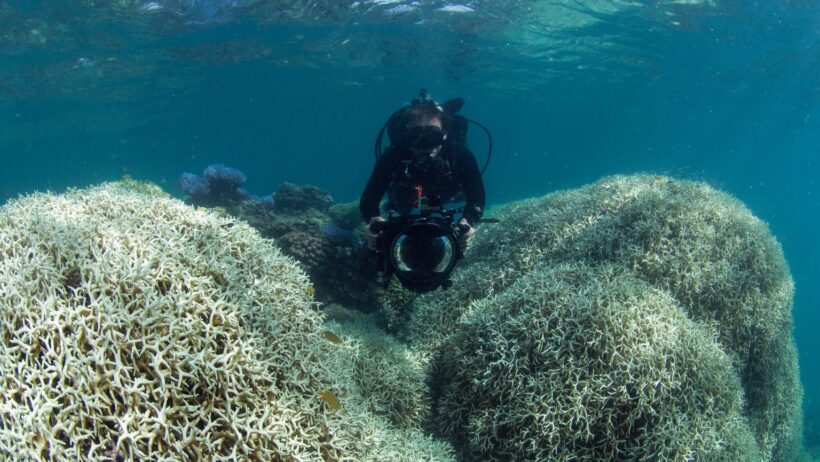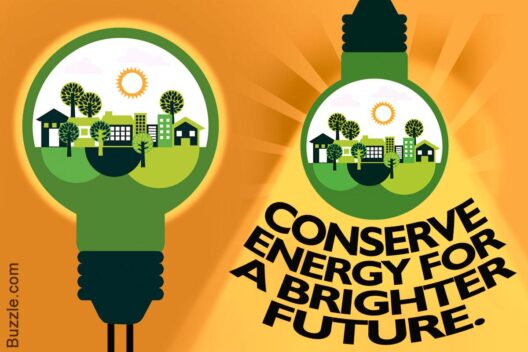As global temperatures continue to rise, the implications for aquatic ecosystems, particularly coral reefs, have ignited a fervent discourse in environmental science. The nexus between global warming and the phenomenon of cloudier waters, along with the pervasive issue of coral bleaching, merits thorough exploration. This discussion uncovers the intricate interactions among climate change, water quality, and marine biodiversity, while proposing a shift in perspective on our relationship with nature.
Coral reefs, often revered as the rainforests of the sea, are extraordinary ecosystems that support an extensive array of marine life. They provide not only habitat but also vital resources for millions of people worldwide. However, these underwater sanctuaries are facing unprecedented threats attributable to climate change, with rising sea temperatures pushing coral organisms to their physiological limits. As temperatures escalate, the repercussions manifest in two prominent ways: cloudier waters and coral bleaching.
First, let us consider the concept of cloudier waters. Elevated temperatures often correlate with increased rainfall and altered weather patterns, resulting in more runoff laden with sediments, pollutants, and nutrients into coastal waters. This influx contributes to the phenomenon known as “turbidity,” which diminishes water clarity. Increased turbidity can inhibit sunlight penetration, essential for photosynthesis performed by zooxanthellae—tiny photosynthetic organisms living within coral tissues. Without adequate light, these symbiotic relationships are compromised, leading to detrimental effects for the corals themselves.
The rising turbidity not only obscures the visuals of coral reefs but also affects the entire marine food web. Fish and other marine organisms rely on clear water for navigation and feeding. Disruptions in these behaviors can lead to declines in fish populations, further destabilizing the delicate balance of reef ecosystems. The intricate tapestry of interactions that define coral reefs is not just about the corals themselves; it involves a myriad of organisms. Hence, the implications of cloudier waters reverberate through the entire marine environment, signaling a broader ecological crisis.
Now, consider the second aspect: coral bleaching. Under normal conditions, corals exhibit a stunning array of colors, attributed to their symbiotic relationships with zooxanthellae. These microorganisms provide essential nutrients to corals through photosynthesis, while corals offer protection and access to sunlight. However, when temperatures rise significantly, corals expel these vital organisms in a stress response, causing them to turn white—a process known as bleaching. This stark change in appearance signifies not just aesthetic loss but an urgent warning: corals are stressed and vulnerable.
The cascade of effects triggered by bleaching is particularly alarming. Without zooxanthellae, corals lose their primary energy source, leading to weakened resilience against diseases and environmental stressors. In time, the affected corals may be unable to recover, resulting in die-offs that transform vibrant underwater landscapes into barren wastelands. The implications extend beyond the corals, as the entire ecosystem that relies on them for habitat and sustenance begins to unravel.
Rising sea temperatures are not the sole driver of coral bleaching. Ocean acidification, a direct consequence of increased atmospheric carbon dioxide, exacerbates the situation. As CO2 levels rise, oceans absorb excess carbon, altering the chemistry of seawater and rendering it more acidic. This change affects coral calcification processes, making it increasingly challenging for them to build and maintain their calcium carbonate structures. Consequently, coral reefs face double jeopardy: threats from thermal stress and the chemical degradation of their physical foundations.
To appreciate the gravity of these intertwined phenomena, it is vital to recognize the role of human activity. Industrialization, the burning of fossil fuels, and unsustainable agricultural practices contribute to greenhouse gas emissions and the resultant climate change. The urgency of this crisis calls for a shift in how we perceive our responsibility toward the environment. The ramifications extend beyond mere ecological degradation; they threaten cultural identities, economies, and food security for countless communities reliant on healthy marine ecosystems.
The plight of coral reefs is an indictment of our current trajectory. However, it also presents a clarion call for action. By advocating for sustainable practices, establishing marine protected areas, and investing in restoration projects, we can work to mitigate the effects of climate change on these vital ecosystems. Education plays a pivotal role in this effort, fostering understanding of the interconnectedness of our actions and the health of marine environments.
Moreover, the scientific community continues to innovate, exploring methods to enhance coral resilience through selective breeding and assisted gene flow. These strategies aim to develop coral strains better equipped to withstand thermal stress and acidic conditions, offering a glimmer of hope amid uncertainty. Transdisciplinary collaborations between scientists, policymakers, and local communities are fundamental in transforming knowledge into effective action.
As this discourse unfolds, it is imperative to recognize that the fate of mossy-waters and bleached corals is intertwined with our own future. A shift in perspective offers not just awareness but the promise of proactive engagement. With every decision that safeguards marine ecosystems, there lies the potential for a revitalized relationship with nature—a relationship defined by stewardship rather than exploitation. Ignoring the plight of coral reefs is not an option; instead, embracing their preservation can pave the way for a thriving, resilient marine world. The question remains: What will you do to contribute to that future?








